Xīxiàng: A Village In China Where Women Have Very Small Feets

Deep within the remote landscapes of China lies a village shrouded in mystery and tradition. Welcome to Xīxiàng, a hidden gem where a remarkable practice known as "lotus feet" has endured for centuries.
This village boasts a unique cultural heritage that revolves around the ancient tradition of binding women's feet, resulting in an astonishingly petite and delicate appearance.
Let us embark on a captivating journey to unveil the secrets and significance of this village and its extraordinary inhabitants.
The Historical Origins
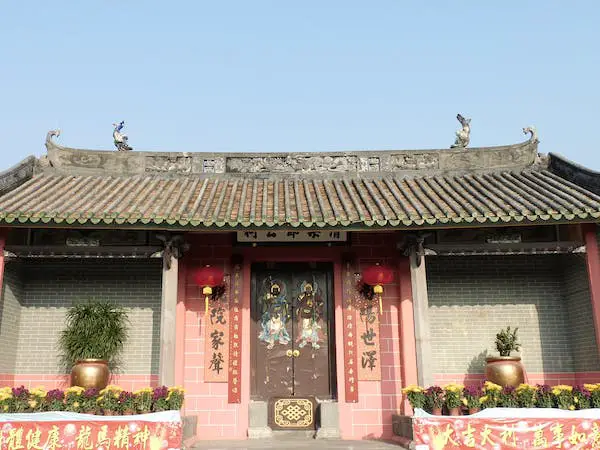
The practice of binding women's feet in China, commonly known as foot binding, has a long and complex history that dates back over a thousand years.
The origins of this tradition can be traced back to the 10th century during the Tang Dynasty (618-907 AD). The foot binding emerged among the elite class as a symbol of status and beauty.
Initially, the practice was among court dancers and entertainers, who bound their feet to achieve a delicate and alluring gait.
Over time, foot binding spread to other social classes as it became associated with feminine attractiveness and refinement.
By the Song Dynasty (960-1279 AD), foot binding had become widespread and entrenched in Chinese society.
The ideal foot size was small, with the most desired being the "Golden Lotus," measuring around three inches in length.
This ideal involved tightly wrapping the feet, usually during childhood, in cloth or bandages.

The process involved breaking and reshaping the bones, resulting in a permanently altered foot structure.
The reasons behind foot binding's popularity are multifaceted. In a highly patriarchal society, where women's role was primarily limited to the domestic sphere, bound feet are a mark of submission and purity.
Bound feet were erotic, as they accentuated the curvature of a woman's body, making her movements more graceful and delicate.
Foot binding was also associated with marriage prospects and social status. Unbound feet were deemed unsightly, and women with natural feet were considered less desirable for marriage.
Bound feet are a sign of a woman's commitment to traditional values and her ability to adhere to societal expectations.
While foot binding initially gained popularity among the elite, it gradually permeated all levels of society.

The practice continued for centuries, despite occasional attempts by Chinese governments to ban or regulate it.
It wasn't until the early 20th century, during the Qing Dynasty's decline, that foot binding started to wane due to increasing Western influence and social reform movements within China.
By the mid-20th century, foot binding had disappeared, thanks to efforts by reformers, activists, and changing societal attitudes.
Today, foot binding is a relic of the past, a painful practice that exemplifies the constraints and oppression faced by Chinese women throughout history.
The historical origins of foot binding in China can be traced to the Tang Dynasty, when it began as a practice among the elite before spreading to other social classes.
It persisted for centuries as a symbol of beauty, status, and gender expectations. While foot binding is no longer in practice, its legacy shows a poignant reminder of the complexities and hardships in traditional Chinese society.
Preservation of an Ancient Art
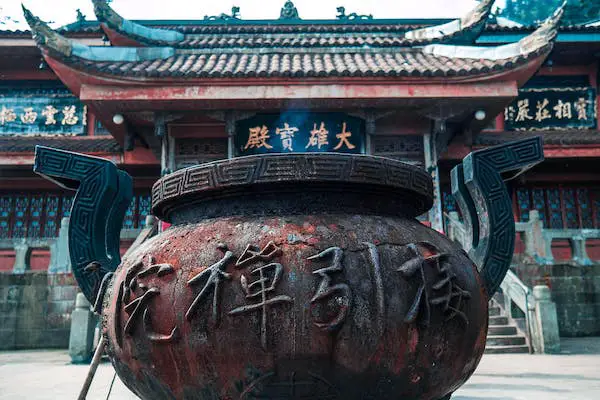
Despite the discontinuation of foot binding in contemporary Chinese society, there are efforts to preserve this ancient art's knowledge and cultural significance.
While the practice has ceased, there are initiatives to document and study the history, techniques, and cultural context of foot binding, ensuring that this aspect of Chinese heritage is preserved.
Academic Research and Documentation
Scholars and researchers have delved into the history, social implications, and techniques of foot binding, providing valuable insights into its cultural significance.
They aim to preserve this knowledge and understanding of foot binding for future generations.
By studying historical records, artifacts, and personal accounts, researchers contribute to keeping this unique cultural practice.
Museum Exhibits and Collections
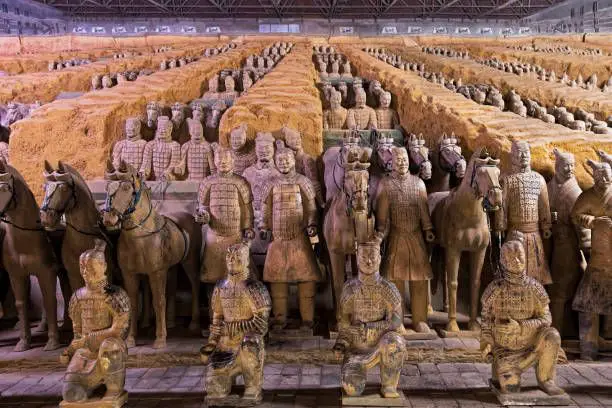
Museums play a vital role in preserving cultural heritage, and several institutions in China and other countries have dedicated exhibits to foot binding.
These exhibits showcase artifacts such as bound shoes, foot-binding tools, photographs, and other related items.
By displaying these artifacts and providing contextual information, museums raise awareness about foot binding's historical significance and facilitate a deeper understanding of its cultural implications.
Cultural Revitalization and Performance Art
There has been interest in reviving traditional Chinese arts and culture in recent years.
Some organizations and individuals are exploring foot binding as a performance art form to express cultural identity and raise awareness about women's experiences in Chinese history.
Through carefully choreographed performances, exhibitions, and cultural events, they aim to honor the legacy of foot binding and highlight its societal impact.
Community Engagement and Oral Histories
Efforts to preserve foot binding's legacy also involve engaging with communities directly impacted by this tradition.
Residents who experienced foot-binding do give oral histories and personal narratives.
These firsthand accounts provide invaluable insights into the lived experiences of those who underwent foot binding, giving voice to their stories and perspectives.
Educational Initiatives and Public Awareness
Educational programs and initiatives are crucial for preserving foot binding as a cultural heritage.
Schools and educational institutions in China and abroad introduce students to the history, cultural significance, and social implications of foot binding.
By integrating foot binding into curricula, educators ensure that future generations understand the complexities of this practice and its place in Chinese history and culture.
Contemporary Discourse and Social Reflection
As foot binding continues to be a subject of scholarly discourse and public discussion, there is an ongoing examination of its societal impact and connections to contemporary issues.
By engaging in thoughtful conversations, challenging gender norms, and promoting critical thinking, society can better understand the historical context of foot binding and its implications for gender, identity, and beauty standards.
In conclusion, while foot binding has stopped, efforts to preserve history, techniques, and cultural significance are ongoing.
Through academic research, museum exhibits, community engagement, education, and contemporary discourse, foot binding is remembered and studied as an aspect of Chinese heritage.
By recognizing and understanding this practice, we can gain insights into the complexities of gender, tradition, and societal expectations in Chinese history.
Life in Xīxiàng

Life in Xīxiàng, the village renowned for its practice of foot binding, offers a unique glimpse into a community deeply rooted in tradition and cultural identity.
Despite the gradual decline of foot binding in modern China, Xīxiàng remains a place where the legacy of this ancient art form is upheld and celebrated.
Walking through the village, one can witness the lives of the inhabitants, particularly the women, who gracefully navigate their surroundings on their bound feet.
These women, known as "lotus walkers," have honed their balance and agility through years of practice and adaptation.
Despite the physical constraints imposed by their bound feet, they lead active lives, engaging in various village activities, tending to their families, and contributing to the local economy.
Xīxiàng is characterized by a strong sense of community and intergenerational ties.
The elderly women are the bearers of foot-binding knowledge and play a vital role in preserving and passing down the techniques to younger generations.

They take great pride in their role as custodians of ancient art, ensuring its continuity and safeguarding their cultural heritage.
Within the village, there is a shared understanding and appreciation for the significance of foot binding.
The women view their bound feet as a symbol of femininity, strength, and resilience.
The art of foot binding extends beyond mere aesthetics; it represents a connection to their ancestors, a testament to their cultural heritage, and a source of identity and belonging.
Life in Xīxiàng revolves around the rituals and traditions associated with foot binding. Binding feet is a rite of passage, marking the transition from girlhood to womanhood.
There are festivals and ceremonies to commemorate these milestones, where the women proudly display their bound feet, adorned in intricately embroidered shoes and silk bindings.
The village is not just a place that does foot binding but also a place of cultural exchange and tourism.

Visitors witness this unique tradition, learning about its historical context and experiencing the village's rich cultural tapestry.
Local artisans create and sell exquisite handicrafts, such as bound shoes and embroidery, allowing visitors to take home a piece of Xīxiàng's heritage.
However, as Xīxiàng navigates the challenges of a rapidly changing world, the village also grapples with the evolving perspectives on foot binding.
Some view it as a symbol of female oppression and physical mutilation, while others appreciate it as a cultural practice worthy of respect and understanding.
The women of Xīxiàng find themselves at the center of these debates, carefully balancing preserving their heritage with the need to adapt to modern sensibilities.
Life in Xīxiàng offers a window into a community where foot binding remains a part of their cultural fabric.
The village exudes a sense of pride, tradition, and communal unity, as the women continue to embrace and uphold this ancient art form.
As the world evolves, Xīxiàng stands as a living testament to the complexities of tradition, identity, and the ongoing dialogue surrounding the practice of foot binding.
Artistry and Ritual

TArtistry and ritual play significant roles in foot binding in Xīxiàng. The process of binding feet is not merely a physical transformation but also a meticulously crafted art form infused with cultural rituals and symbolism.
Let's explore the artistry and aspects of foot binding in Xīxiàng.
Artistry in Foot Binding: The artistry of foot binding is in various aspects, including the delicate craftsmanship of bound shoes and the intricate embroidery that adorns them.
Skilled artisans meticulously create shoes and intricately design them to fit the unique shape of bound feet.
These shoe designs are beautiful patterns and motifs that reflect the village's cultural heritage.
Additionally, the process of binding itself is an art that requires precision and expertise.
Elderly women, who hold the knowledge passed down through generations, play a crucial role in teaching and guiding younger women in foot binding.
They possess intricate techniques, such as how to wrap the feet with a precision and the appropriate tightness, ensuring the desired shape is achieved while minimizing discomfort.
Ritualistic Significance: Foot binding in Xīxiàng carries deep ceremonial significance and identity.
The process of foot binding is often accompanied by elaborate rituals and ceremonies, marking a milestone in a woman's life.
For instance, a young girl's initiation into foot binding may be celebrated with a special ceremony attended by family and friends, where she gets involved in the cultural heritage.
Throughout the foot-binding journey, observing specific rituals is a must. These rituals serve as rites of passage, marking the progression from one stage to another.
They symbolize the transformation from girlhood to womanhood, emphasizing the importance of adhering to cultural norms and ideals of femininity.
The rituals associated with foot binding also foster a sense of community and shared identity.
Festivals and gatherings help women with bound feet to come together, share their experiences, and showcase their foot bindings.
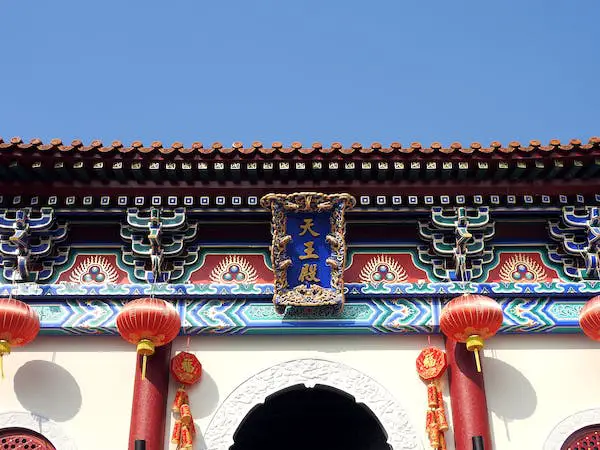
These events create a sense of belonging and camaraderie among the women, strengthening their bonds as they collectively honor their heritage.
Symbolism: Foot binding carries profound symbolism in Xīxiàng. Bound feet are more than just a physical aesthetic; they embody cultural ideals and societal expectations.
Bound feet, resembling the petals of a lotus flower, are associated with beauty, grace, and femininity.
They symbolize the virtues of modesty, submission, and adherence to traditional gender roles.
Moreover, the symbolism extends beyond the physical appearance of bound feet. Foot binding represents the enduring spirit and resilience of the women in Xīxiàng.
The process itself is arduous and often painful, requiring perseverance and determination.
By binding their feet, women assert their strength and commitment to upholding the cultural heritage passed down through generations.
The artistry and rituals surrounding foot binding in Xīxiàng are integral to the practice.
The intricate craftsmanship of bound shoes, the expertise involved in the binding process, and the accompanying rituals and ceremonies all contribute to preserving this ancient art form.
Foot binding holds deep cultural significance, symbolizing tradition, femininity, and the unyielding spirit of the women of Xīxiàng.
Beyond Aesthetics: The practice of lotus feet in Xīxiàng extends beyond the physical beauty.
For the women of this village, bound feet represent more than an aesthetic ideal; they symbolize strength, resilience, and the enduring spirit of their ancestors.
The commitment to this tradition creates a sense of communal identity, a deep bond among the women, connecting them through generations and empowering them as bearers of a cherished heritage.
Contemporary Perspectives and Global Awareness: In recent years, foot binding in Xīxiàng has garnered increased attention and sparked discussions on a global scale.
Contemporary perspectives on foot binding vary, reflecting evolving attitudes towards cultural practices, gender equality, and human rights. Let's explore the global awareness surrounding foot binding in Xīxiàng.
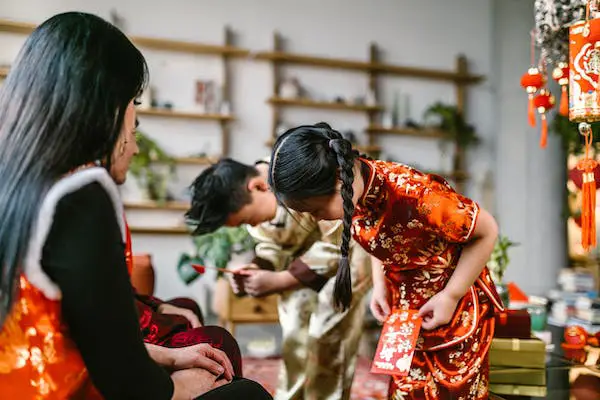
Challenging Traditional Practices: As societies become more aware of the physical and psychological implications of foot binding, there are concerns about its impact on women's health and well-being.
Many argue that foot binding is a form of gender-based violence and oppression, as it inflicts pain, restricts mobility, and reinforces patriarchal norms.
From this perspective, there are efforts to challenge and discourage the practice, emphasizing the importance of individual autonomy and bodily integrity.
Preserving Cultural Heritage: On the other hand, some voices advocate for preserving foot binding as a cultural heritage.
Proponents argue that banning or eradicating foot binding would result in losing a unique tradition deeply rooted in Chinese history.
They suggest that instead of condemning the practice outright, it should be understood within its cultural context and appreciated as a part of the village's identity and cultural heritage.
Educational and Awareness Initiatives: Increased global awareness of foot binding has led to educational initiatives to increase understanding and critical thinking.
Schools, universities, and organizations conduct workshops, seminars, and exhibitions to educate individuals about the historical, cultural, and social dimensions of foot binding.
By promoting dialogue and raising awareness, these initiatives encourage a nuanced understanding of foot binding and its implications.
Ethical Tourism: Xīxiàng's fame as a village known for foot binding has attracted tourists.
However, ethical considerations come into play regarding responsible tourism. Visitors are encouraged to approach Xīxiàng with cultural sensitivity and respect, recognizing the complex dynamics surrounding foot binding.
Responsible tourism practices involve engaging with the community in a respectful manner and supporting initiatives that empower women economically and socially.
Empowering Women and Redefining Beauty: Contemporary perspectives also involve empowering women in Xīxiàng to redefine beauty on their terms.
There is a movement to shift societal norms and celebrate women's natural bodies and diverse forms of beauty.
By promoting self-acceptance and body positivity, these perspectives aim at challenging the notion that physical alteration is necessary for women to be considered attractive or valuable.
Intersectional Feminism: The discourse surrounding foot binding intersects with broader feminist movements, emphasizing the importance of intersectionality.
Intersectional feminism recognizes that women's experiences are shaped by various intersecting factors, such as race, class, and culture.
It acknowledges that cultural practices impact women differently and emphasizes the need to respect diverse cultural perspectives while challenging harmful practices that perpetuate gender inequality.
Contemporary perspectives on foot binding in Xīxiàng encompass many viewpoints.
While some advocate for the abandonment of the practice due to concerns of harm and gender inequality, others argue for the preservation of cultural heritage.
Educational initiatives, ethical tourism, and efforts to empower women are helping global awareness and understanding of foot binding.
The discourse surrounding foot binding in Xīxiàng reflects the complexities of culture, tradition, gender, and human rights in an ever-evolving global society.
Conclusion
The village of Xīxiàng is a unique place where foot binding has been preserved and celebrated throughout generations.
The historical origins of foot binding in China, rooted in notions of beauty, status, and gender roles, have shaped the traditions and cultural significance of foot binding in Xīxiàng.
While foot binding has drawn attention and raised debates globally, with perspectives ranging from condemning it as a form of gender-based violence to advocating for its preservation as a cultural heritage, Xīxiàng remains a place where the legacy of foot binding is kept alive.
The artistry and rituals associated with foot binding highlight the meticulous craftsmanship of bound shoes, the expertise involved in the process, and the deep symbolism and meaning behind the practice.
Contemporary perspectives on foot binding in Xīxiàng reflect a broader discussion on cultural practices, gender equality, and human rights.
There are efforts to educate and raise awareness about foot binding, fostering understanding and critical thinking.
Ethical tourism practices and empowerment initiatives aim to respect the cultural context while promoting women's agency and redefining beauty standards.
Ultimately, the village of Xīxiàng serves as a reminder of the complexities surrounding cultural traditions and the ongoing dialogue on preserving heritage while ensuring individual autonomy and well-being.
As the world continues to evolve, the legacy of foot binding in Xīxiàng will persist, providing insights into the history, culture, and changing perspectives on this ancient art form.
